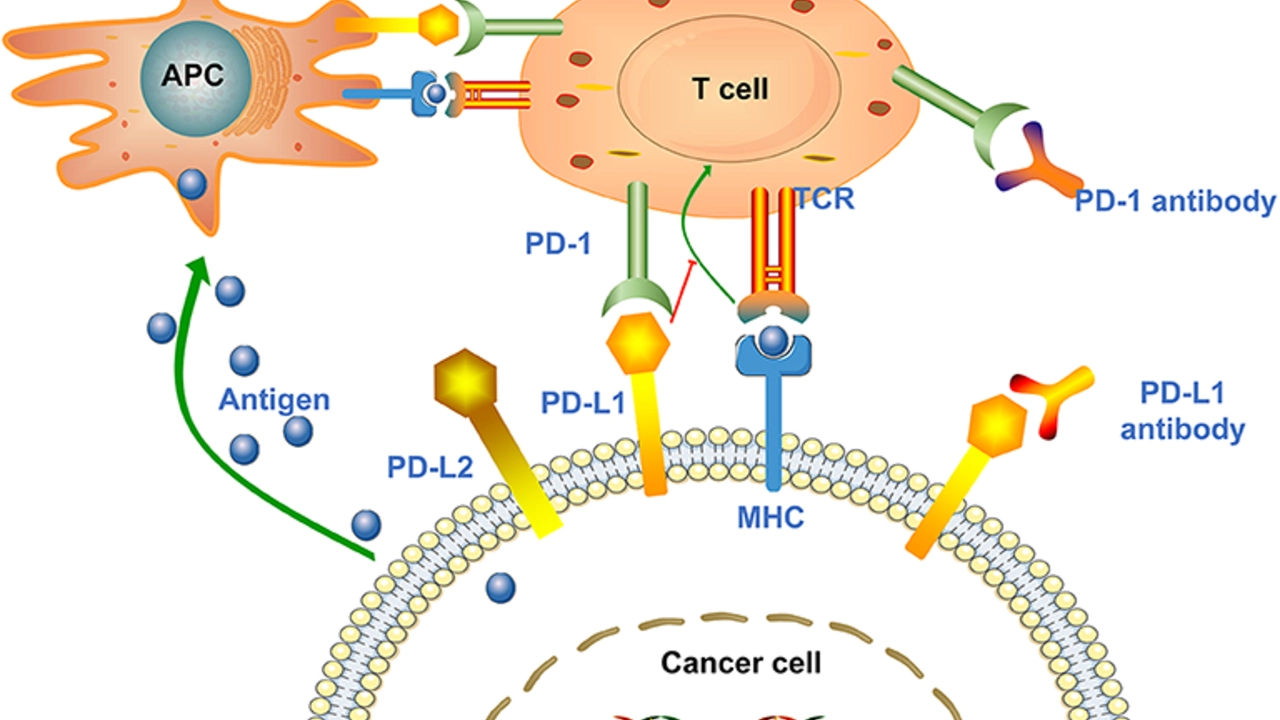Alpelisib: what it does and who it helps
Alpelisib (brand name Piqray) is a targeted cancer drug used for certain advanced breast cancers with a PIK3CA mutation. If you or a loved one has hormone receptor–positive, HER2‑negative metastatic breast cancer and genetic testing found PIK3CA, alpelisib could be an option that slows tumor growth by hitting a specific pathway inside cells.
How alpelisib works
Alpelisib blocks PI3K alpha, a protein that tells cancer cells to grow and survive. By stopping that signal, the drug can make hormone therapy work better. Doctors usually give it together with fulvestrant, an estrogen receptor blocker; the combo improved progression‑free survival in clinical trials compared with hormone therapy alone.
Treatment is oral, taken daily with food to help absorption. The common dose is 300 mg once a day, but your doctor may change the dose for side effects or other health issues. Never crush or split tablets unless your pharmacist says it’s okay.
Practical tips and safety
Side effects are common. Expect high blood sugar (hyperglycemia), rash, diarrhea, nausea, and tiredness. Because it can raise blood sugar, patients with diabetes need close monitoring; sometimes blood sugar control must be adjusted. Your team will check blood tests for liver function, blood counts, and glucose before and during treatment.
Skin rash can be itchy and bothersome. Report any new rash early; doctors often treat it with topical steroids, oral antihistamines, or dose pauses until it improves. Severe side effects sometimes require lowering the dose or stopping treatment.
Drug interactions matter. Tell your doctor about diabetes medicines, strong CYP3A inducers, or other cancer drugs. Avoid grapefruit and grapefruit juice because they can affect how alpelisib is processed. Also mention pregnancy plans—alpelisib can harm an unborn baby, so effective contraception is crucial for people who can get pregnant.
Access and cost vary. Brand Piqray can be expensive, but many manufacturers offer patient assistance programs or copay support. Some countries may have generic options in the future. Ask your clinic pharmacist about programs, vouchers, or local trials that might reduce costs.
Before starting, ask your oncologist these must‑know questions: Why is my tumor a candidate for alpelisib? How will we monitor blood sugar and liver tests? What signs should make me call immediately? Who handles prescriptions and prior authorization? Clear answers save time and lower stress.
Typical monitoring includes a fasting glucose and HbA1c before starting, weekly glucose checks for the first month, then every 4 weeks or as needed. Liver tests and blood counts are usually checked every 2 to 4 weeks at first. If serious side effects occur, doctors reduce dose stepwise (for example from 300 mg to 250 mg, then 200 mg, then 150 mg) or pause until symptoms improve safely.
Alpelisib is not a cure, but for the right patient it can meaningfully slow disease progression. Keep a simple log of symptoms, weights, and glucose readings, stay in close contact with your care team, and report problems early—small steps that make treatment safer and more effective.
In my latest exploration of cancer therapies, I delved into the workings of alpelisib, a real game-changer. It's a targeted drug that works by inhibiting a protein known as PI3K, which is often overactive in certain types of cancer. By blocking this protein, alpelisib can slow down or stop cancer cell growth, providing a new way to fight the disease. It's fascinating how alpelisib specifically targets cancer cells without affecting healthy ones. This drug is revolutionizing our approach to cancer treatment, offering hope where often there was none.

